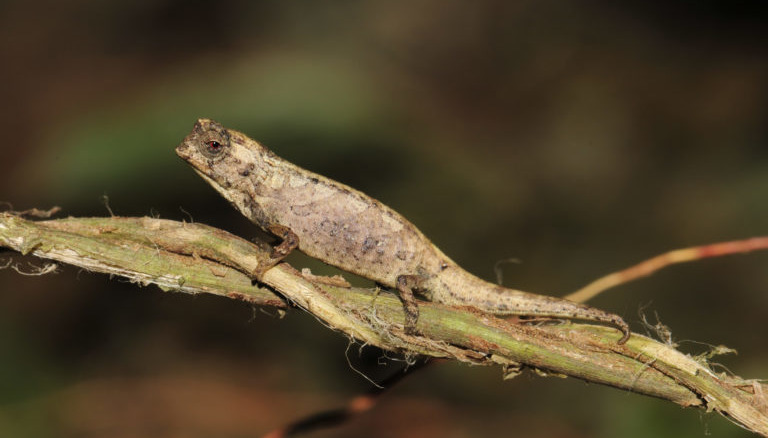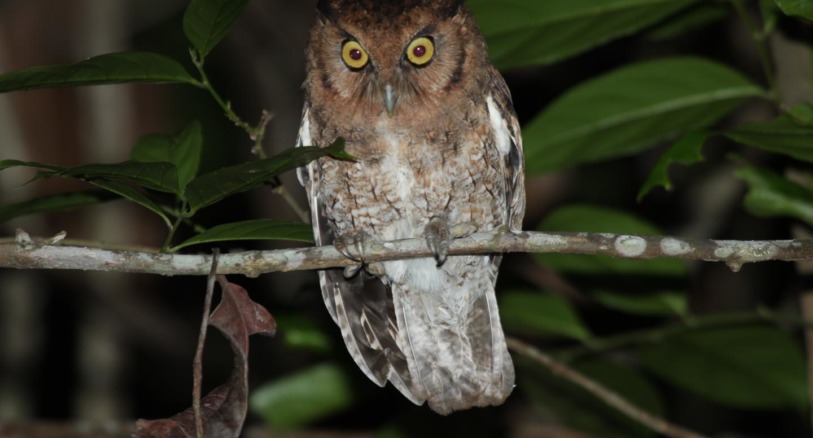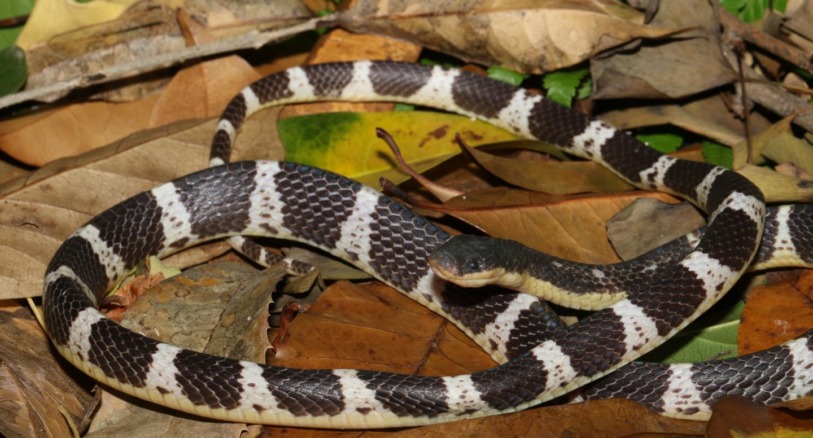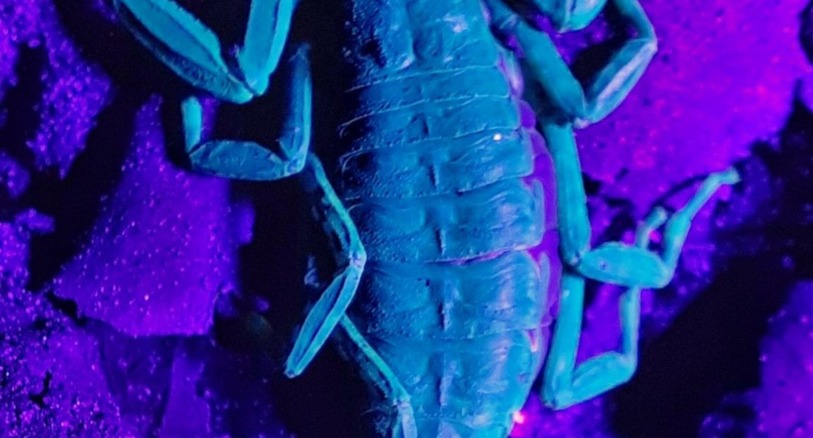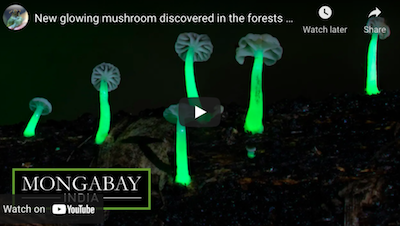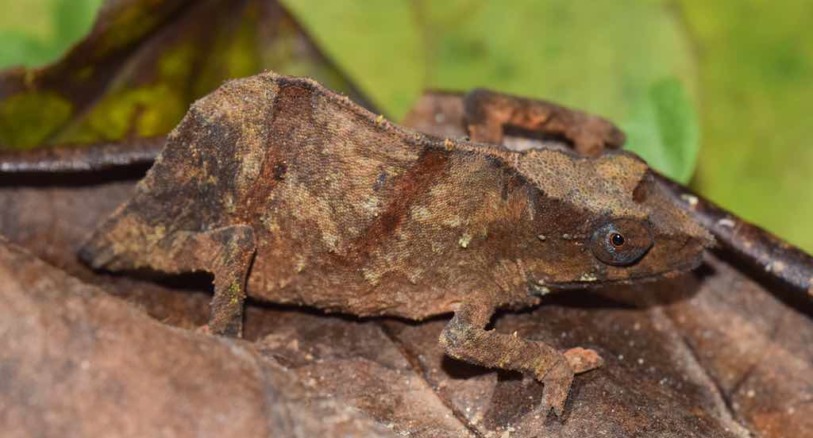Biologist Nilanthi Rajapakse (pictured below) of the Department of Wildlife Conservation in Sri Lanka discovered a new plant species with years of careful observation and field work.

Nilanthi Rajapakse. Image courtesy of the Department of Wildlife Conservation.
Mongabay writer Malaka Rodrigo explains how Nilanthi Rajapakse discovered this new species:
In 2015, Rajapakse found a Strobilanthes plant that looked different from other species that she had so far observed. There were about 25 plants in this population growing along a shaded nature trail at a location called Madahinna, but none of them bore flowers — an essential feature when identifying plant species. Some Strobilanthes species are what’s known as “sleeping beauties,” blooming only in long cycles that can run up to 12 years.
So Rajapakse waited for the sleeping beauties to awaken. Over the next several years, she returned to this difficult-to-reach spot to check whether the plants had flowered. After five years, her efforts and patience finally paid off: this special Strobilanthes sleeping beauty came into bloom in June 2020, bearing flowers that were different from those of any known Strobilanthes species.
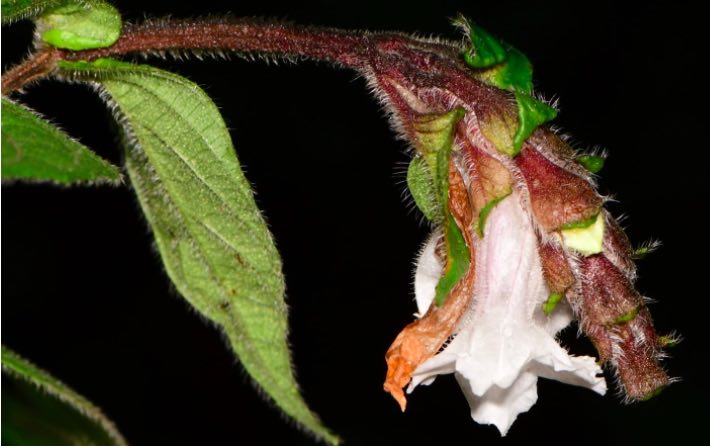
A Strobilanthes medahinnensis plant that was first spotted in September 2015 in the Peak Wilderness rainforest, courtesy of Nilanthi Rajapakse.
Rajapakse went to work, carefully comparing the plant’s features with similar known species and also carried out genetic comparisons. The results confirmed the discovery of a new species, which Rajapakse has named Strobilanthes medahinnensis, after the location where she first found it.
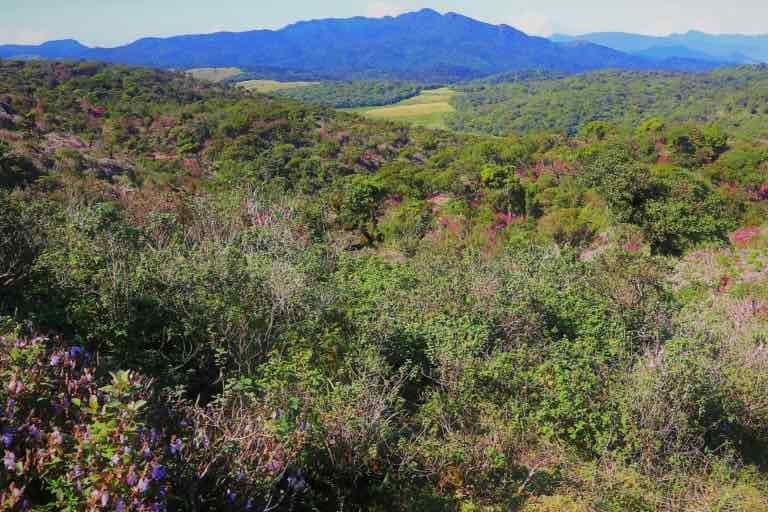
Seasonal Strobilanthes blooming in Horton Plains National Park in 2013. Image courtesy of Nilanthi Rajapakse.
More details about the plant, its habitat, and how Nilanthi Rajapakse discovered it are here:
A ‘sleeping beauty’ awakens to join Sri Lanka’s list of endemic plants

